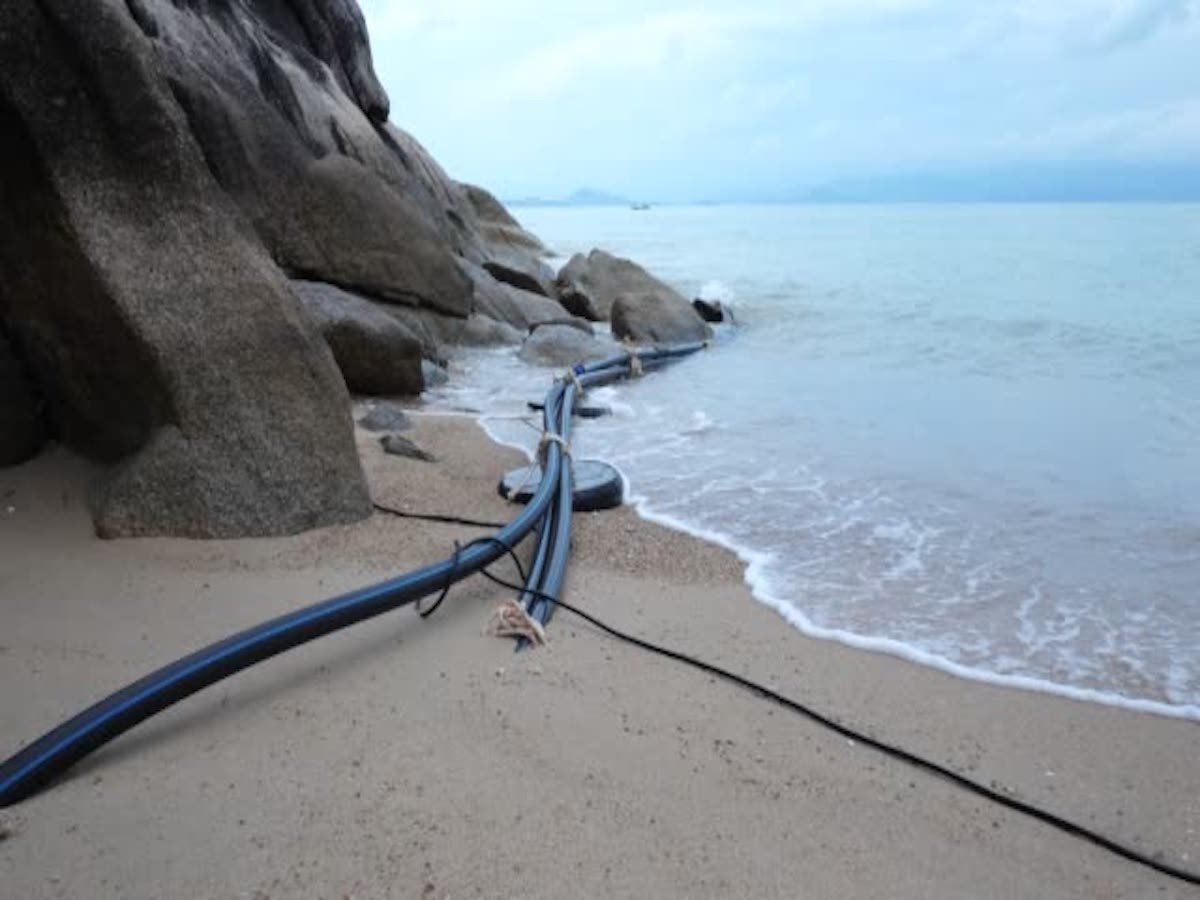How to Troubleshoot Common Issues with M15 Waterproof Connectors
Introduction
M15 waterproof connectors are widely used in various industries to provide reliable and secure connections in challenging environments. However, like any other electrical component, these connectors can experience issues that may hinder their performance. In this article, we will explore common problems that can arise with M15 waterproof connectors and provide troubleshooting tips to help you resolve these issues effectively.
1. Poor Connection
One of the most common issues with M15 waterproof connectors is a poor connection. This can result in intermittent power supply or complete failure of the connected devices. To troubleshoot this issue, start by checking the alignment of the connector pins. Ensure that they are properly aligned and making contact with the corresponding pins on the counterpart connector. If the problem persists, inspect the pins for any signs of damage or corrosion. Clean the pins using a suitable contact cleaner and reconnect the connectors securely.
2. Water Ingress
Another common problem faced with M15 waterproof connectors is water ingress. Despite their waterproof capabilities, these connectors can still be susceptible to water penetration if not installed or maintained correctly. To troubleshoot this issue, inspect the connectors for any signs of water or moisture. Look for water droplets or condensation within the connector housing. If water ingress is suspected, disconnect the connectors, dry them thoroughly, and inspect the sealing gasket for any damage or misalignment. Replace the gasket if necessary and ensure a proper seal is achieved when reconnecting the connectors.
3. Faulty Sealing Gasket
A faulty or damaged sealing gasket can also cause issues with M15 waterproof connectors. If the gasket is worn out or not properly seated, it can compromise the waterproof integrity of the connector. To troubleshoot this problem, visually inspect the gasket for any signs of damage or wear. If needed, replace the gasket with a new one that is compatible with the connector model. Ensure that the gasket is correctly seated and compressed when reconnecting the connectors to maintain the waterproof seal.
4. Corrosion
Corrosion is another common issue that can affect the performance of M15 waterproof connectors. It can occur due to exposure to moisture, chemicals, or environmental factors. To troubleshoot this problem, inspect the connector pins and sockets for any signs of corrosion. If corrosion is present, gently clean the affected areas using a suitable contact cleaner or a mixture of vinegar and water. Be careful not to damage the pins while cleaning. After cleaning, apply a thin layer of dielectric grease to protect the connectors from future corrosion.
5. Insufficient Cable Strain Relief
Inadequate strain relief can lead to cable damage and failure of M15 waterproof connectors. If the cables are not properly secured, they can experience excessive tension or pulling, which can strain the connector joints and lead to disconnection or damage. To troubleshoot this issue, check the strain relief mechanism of the connector. Ensure that the cables are securely clamped or fastened to prevent excessive strain. If needed, use additional cable ties or clamps to provide extra support and strain relief.
6. Incompatible Connector Models
Using incompatible connector models can result in connectivity issues with M15 waterproof connectors. Different manufacturers may have variations in pin configurations or sealing mechanisms, which can cause compatibility problems. To troubleshoot this issue, verify that the connectors being used are from the same manufacturer and are designed to be compatible with each other. If using connectors from different manufacturers, ensure that they have the same pin configuration and sealing specifications.
7. Overheating
Overheating can occur in M15 waterproof connectors due to excessive current flow or poor ventilation. This can lead to connector damage or failure. To troubleshoot this problem, check the current rating of the connectors and ensure that it is not being exceeded. If possible, reduce the current load or use connectors with a higher current rating. Additionally, ensure that the connectors are not obstructed and have adequate ventilation to dissipate heat effectively.
8. Physical Damage
Physical damage, such as cracks or breaks in the connector housing, can also cause issues with M15 waterproof connectors. This can compromise their waterproof capabilities and overall performance. To troubleshoot this problem, visually inspect the connectors for any signs of physical damage. If damage is detected, replace the connectors with new ones that are in good condition and ensure proper installation.
9. Electrical Interference
Electrical interference can disrupt the signal or power transmission in M15 waterproof connectors, leading to connectivity issues or malfunctioning devices. To troubleshoot this issue, inspect the surrounding environment for potential sources of electrical interference, such as nearby power lines or electromagnetic devices. Try relocating the connectors or using shielding techniques to minimize the impact of interference. Additionally, ensure that the connectors are properly grounded to reduce the risk of electrical noise.
10. Improper Installation
Improper installation is a common cause of issues with M15 waterproof connectors. If the connectors are not installed correctly, they may not provide a secure and reliable connection. To troubleshoot this problem, review the installation instructions provided by the manufacturer and ensure that all steps are followed correctly. Pay attention to the mating and locking mechanisms of the connectors to ensure a proper connection. If in doubt, consult with the manufacturer or seek professional assistance.

